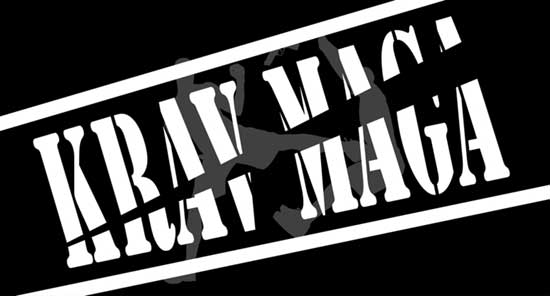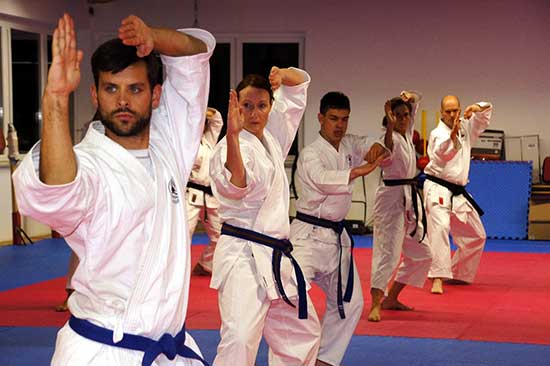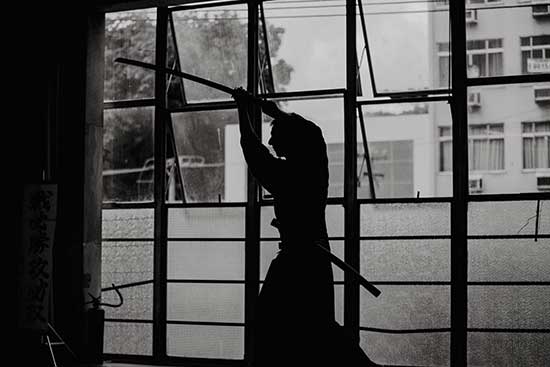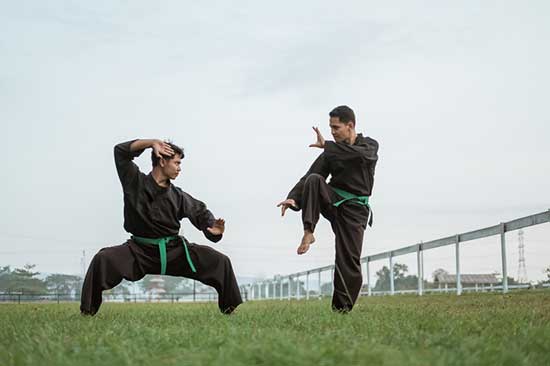Traditional Japanese martial arts have used and maintained the cultured swordsmanship that has influenced different forms of combat and martial forms.
The iaito and katana are swords characterized by their use in combat and are traditionally designed for different purposes.
The Japanese long sword, the katana, is a popular sword known to be exclusively used by the Samurai.
It is a sword that deeply connects the Japanese identity in martial arts and is a sign of honor and social power.
The two swords are different as they serve different purposes and applications in combat. Swords gained popularity in the previous cultures due to the nature of the warfare in the different eras.
Close combat was highly popular and depended on fast reactions for victory. Traditional Japanese katana was earned and therefore needed effective techniques to handle it, especially to win against the enemies in wars.
Contents
Differences between iaito and katana
The main difference between iaito and katana is in its use. Where katana is a real sword with a cutting edge popularly used in wars, iaito has no cutting edge and is designed for practice.
The iaito imitates the katana, is made of aluminum alloy, and is usually not sharpened. This makes it effective for training without the possibility of it harming or being dangerous in the process.
The iaito is made in correspondence with the katana and used by practitioners to carry out their practice precisely without being injured in the process.
Understanding the weapon is essential as it can facilitate smooth and efficient movements and involvement in the art of drawing the sport.
The iato is cheaper than the katana, a common advantage over the original katana, which helps new users or students understand how the sword is facilitated.
The katana is a unique sword worn mainly by Samurai warriors and the only Japanese sword that is worn with the cutting edge up.
These swords are hard to find, especially if you are looking for old and authentic renditions. It was an essential part of the Samurai’s war gear though not the main weapon.
However, it was an effective tool, especially in close combat, as it carried great versatility and strength, making it hard to break it.
It is made of high carbon, which is hard, allowing for a razor-sharp edge, and a mix of low carbon, which adds to the toughness.
This makes it the most suitable sword for sword-to-sword combat, as it does not break easily. Thus, its popularity among Samurai warriors in delivering effective defense and victory in their battles.
It is a masterpiece in Japanese traditions, especially in combat, and it is currently hard to find an original sword.
| Feature | Katana | Iaito |
|---|---|---|
| Blade Material | Traditional Steel | Aluminum or zinc alloy |
| Blade Sharpness | Sharp and Durable | Blunt and Flexible |
| Use | Cutting and Combat | Practice and Iaido |
| Weight | Heavier | Lighter |
| Cost | More Expensive | Less Expensive |
Similarities
The two can be said to share some characteristics.
- They carry out similar tasks in combat; the difference lies in the actual use, especially for katana. Iaito is more inclined to be a training tool in Japanese martial arts and is often small and lighter than the katanas. The swords may seem identical at first glance, but they carry different traits and critical differences in their use.
- Katana was popularly used in a war against opponents in close combat. The iaito is also used in martial arts as a defensive weapon; however, this time, it only deals with an imaginary opponent who indicates the same tactics applied to the katana in a real-life situation.
- The two swords depict Japanese rich culture and the expression of status in society, with the Katana holding a critical symbol for a warrior.
What to Choose?
Understanding the meaning and uses behind the iaito and katana is essential before deciding. When looking into martial art, iaito can be an effective tool as it is part of the iaido form of martial art.
As a practicing sword, it is easy to master the movements and forms used with the Japanese long sword.
The main aim of using the iaito is to understand how the sword is facilitated, improve the practice, and make a smooth and efficient transition to using the katana.
Authentic katanas can be hard and expensive too to find, especially with the value they hold.
Take Away
Japanese martial arts culture is highly related to swordsmanship, which greatly influences the overall forms used in combat.
Iaito and katana are examples of how close-combat incorporation of swords in martial arts. It is, however, crucial that you learn the differences, especially in the characteristics and designs that make up the swords.
Purchasing this equipment can be effective for your practice and also essential for beginners. It is an essential step towards building a unique understanding of sword uses.






